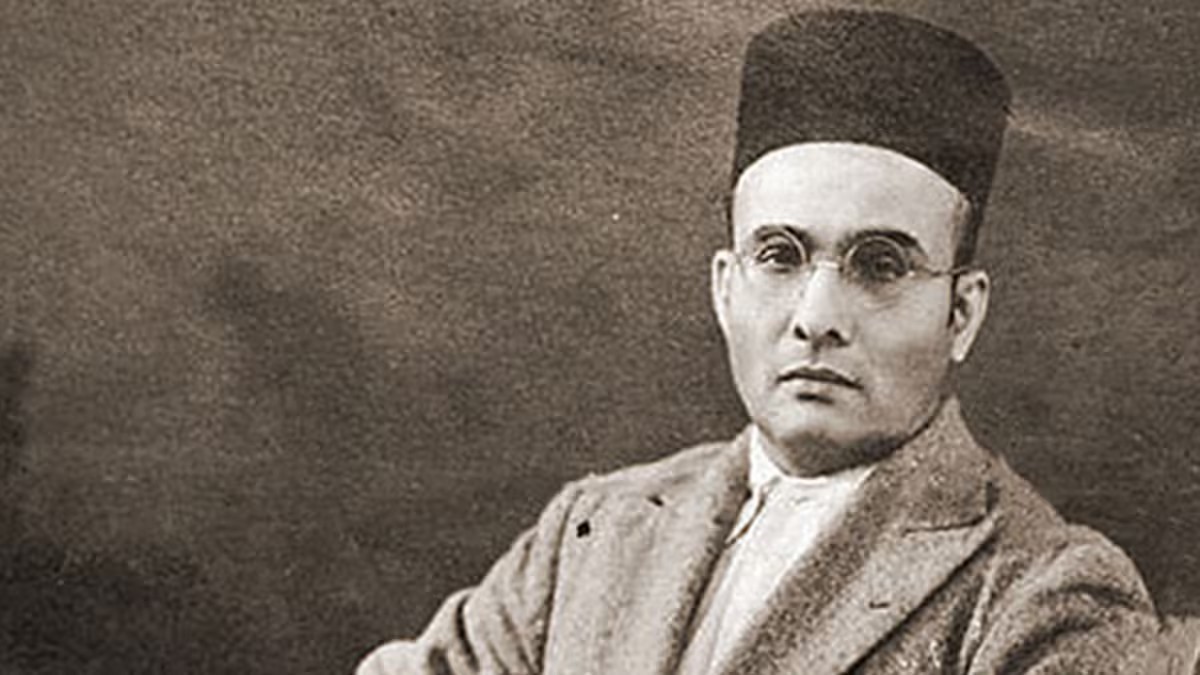Savarkar’s Bold Escape Attempt in Marseille Revisited
Why in News?
During his visit to Marseille, France, PM Narendra Modi highlighted the city’s historical connection to India’s independence struggle, recalling Veer Savarkar’s daring escape attempt in 1910 while being transported to India by British authorities.
The Escape Attempt:
- Vinayak Damodar Savarkar was arrested in London in March 1910 on charges of anti-state activities and abetment in the murder of Nashik magistrate A.M.T. Jackson.
- While being transported to India aboard the SS Morea, he planned a daring escape in Marseille, France.
- On July 8, 1910, Savarkar locked himself in the ship’s washroom, squeezed through a porthole, and swam ashore.
- However, he was soon caught by a French maritime officer, who mistakenly thought he was a crew member and handed him back to the British guards.
International Dispute & Tribunal Case
- His capture led to a diplomatic dispute between France and Britain, as France opposed the manner in which he was returned to British custody.
- The case was taken to the Permanent Court of Arbitration (PCA), where France argued that the extradition was irregular and demanded his return.
- On February 24, 1911, the PCA ruled in favor of Britain, stating that despite the procedural issues, there was no legal obligation to return Savarkar to France.
Savarkar’s Own Account
- In his Marathi memoir “Mazi Janmathep” (translated as The Story of My Transportation for Life), he described how the authorities feared another rescue attempt by revolutionaries.
- He humorously noted that his escape attempt earned him respect among fellow prisoners and even led to special treatment, including private car transfers.
- Savarkar was later sentenced to two life terms (50 years) of rigorous imprisonment in the Cellular Jail, Andaman & Nicobar Islands in July 1911.





